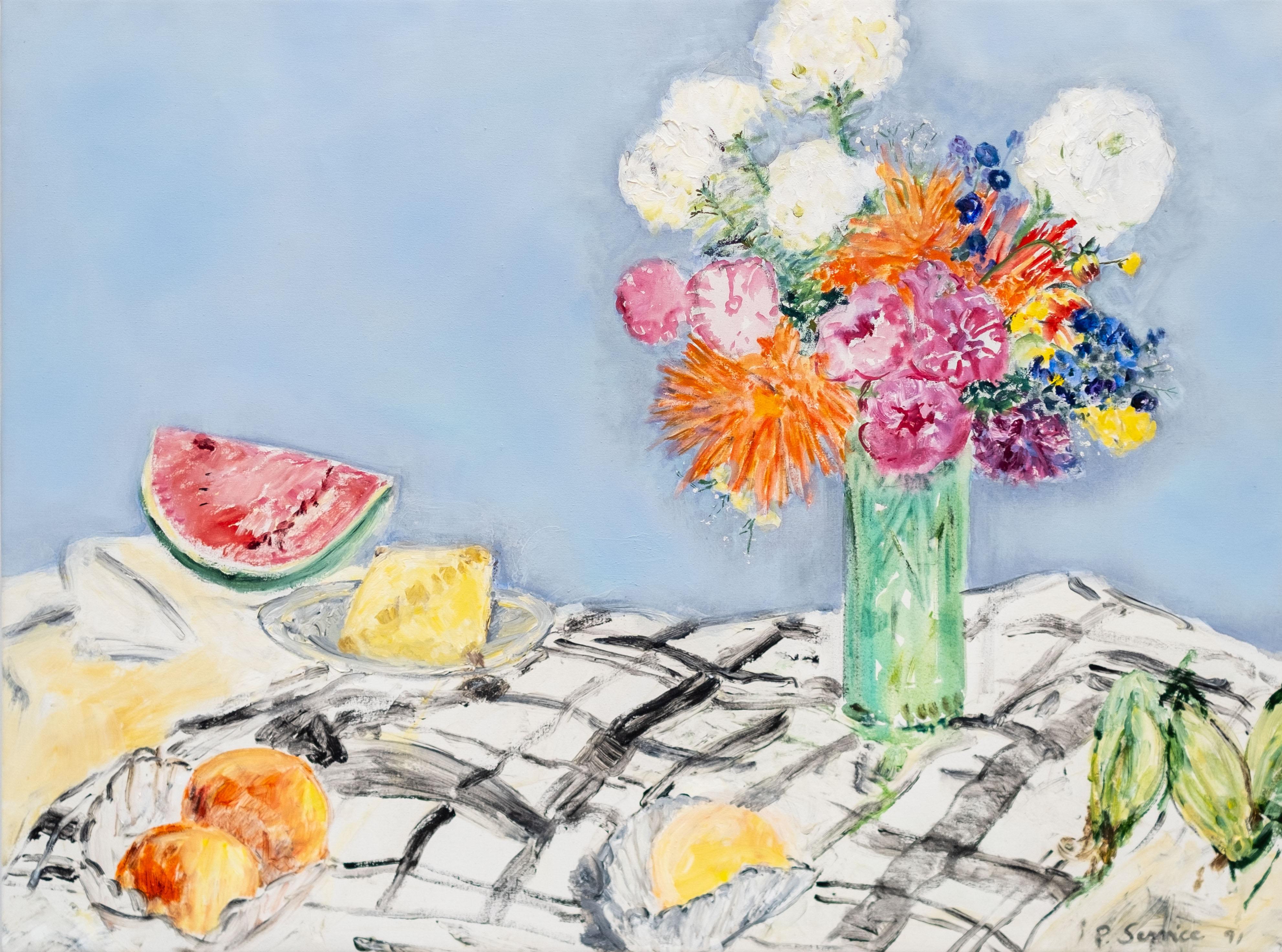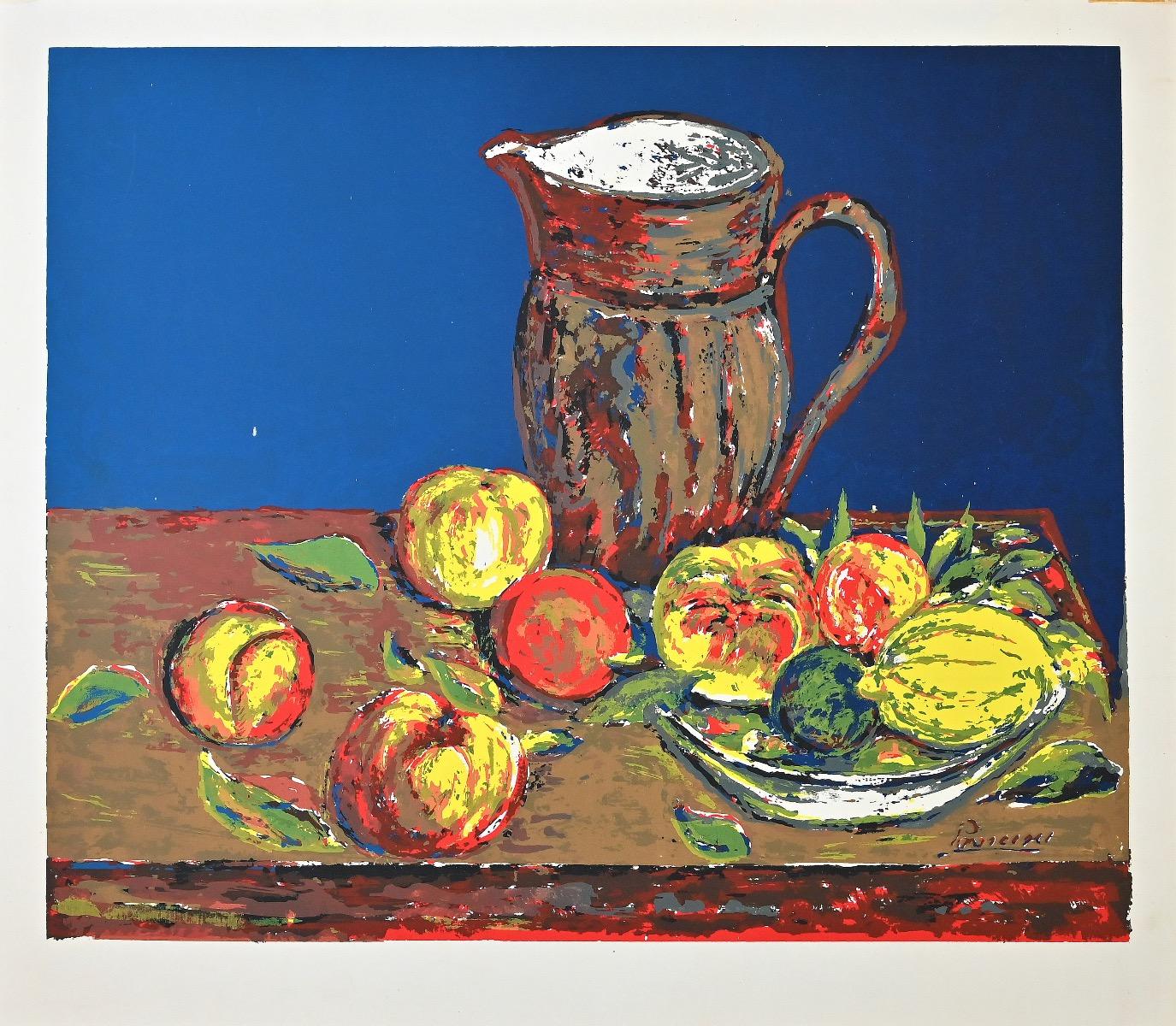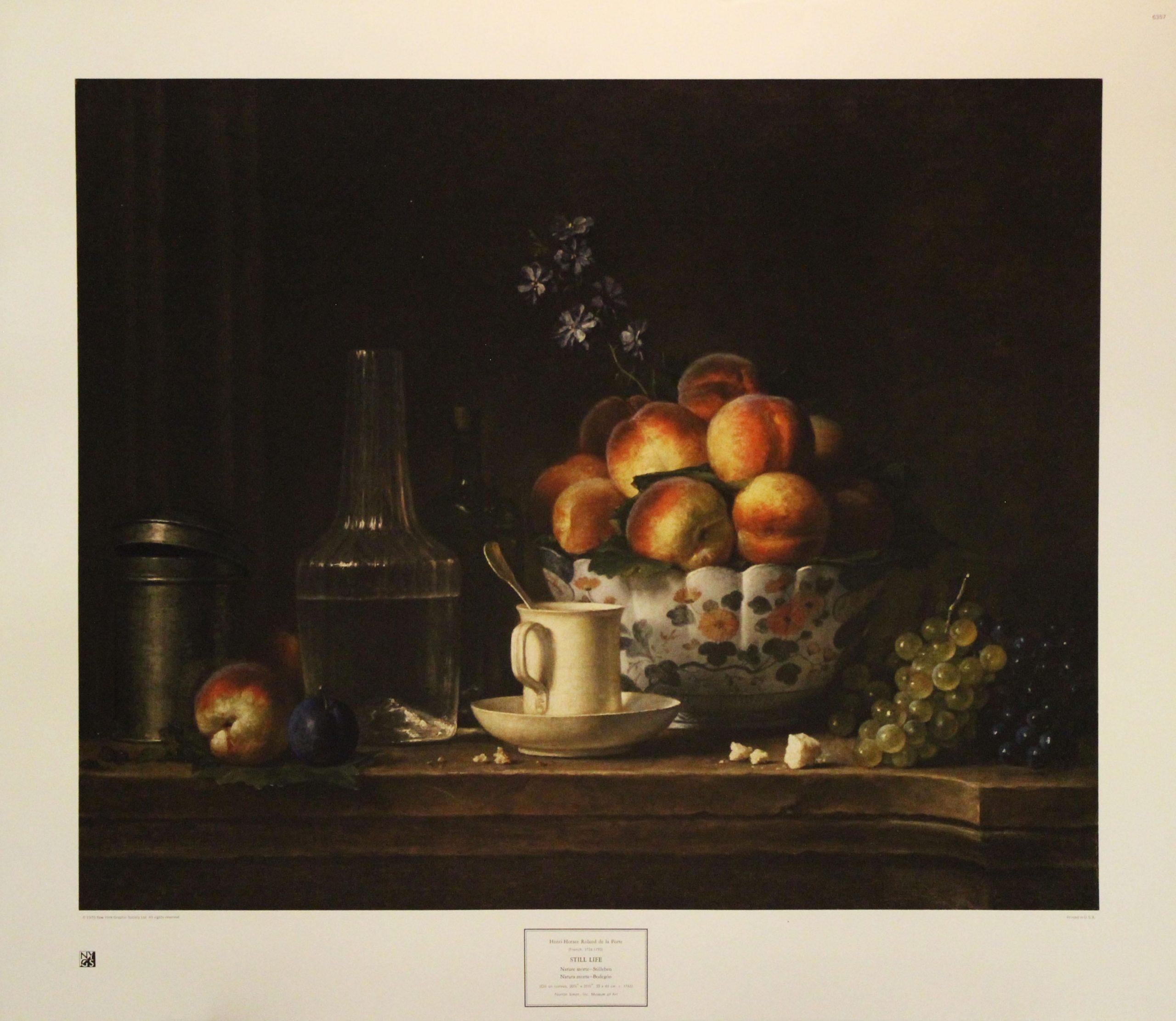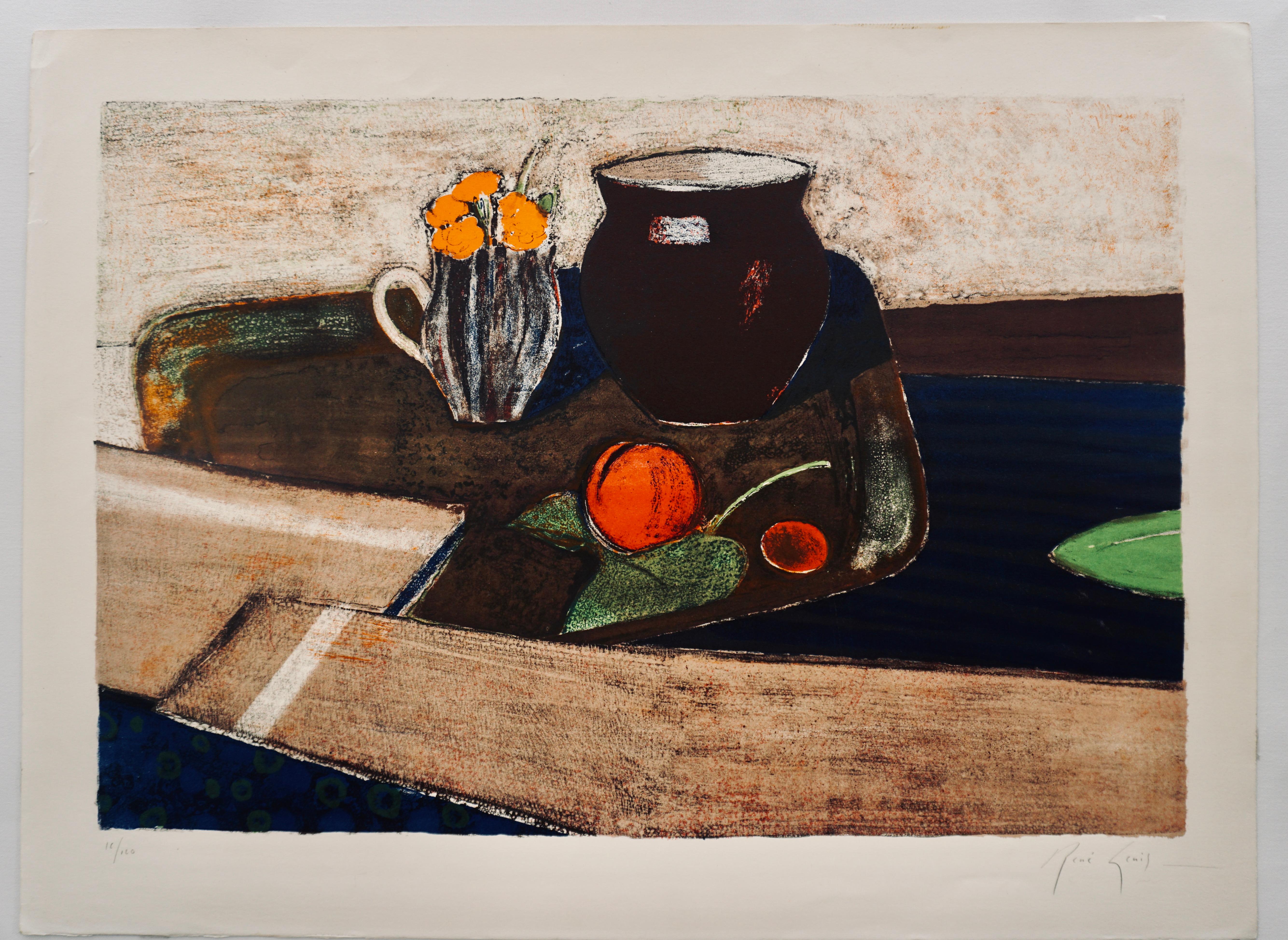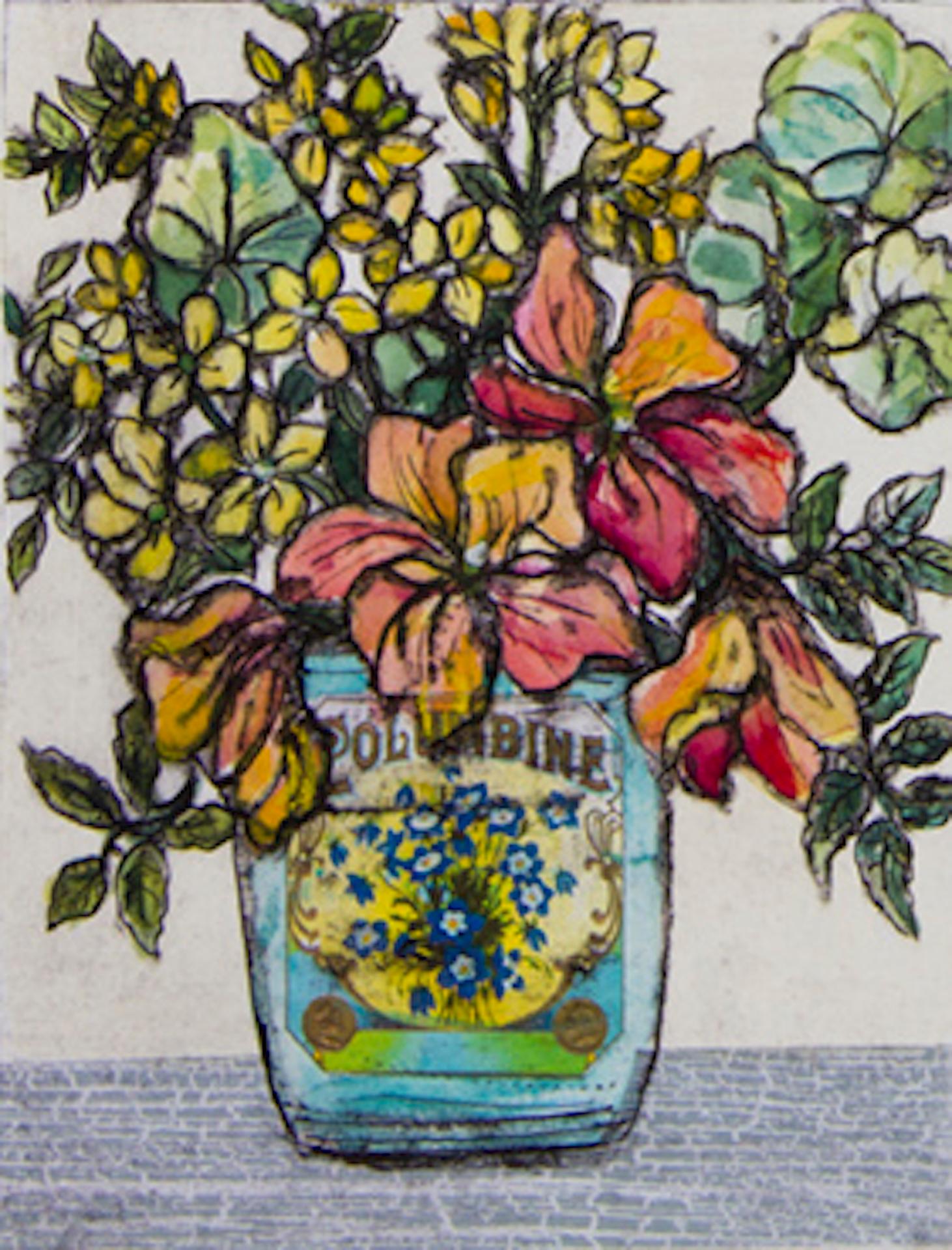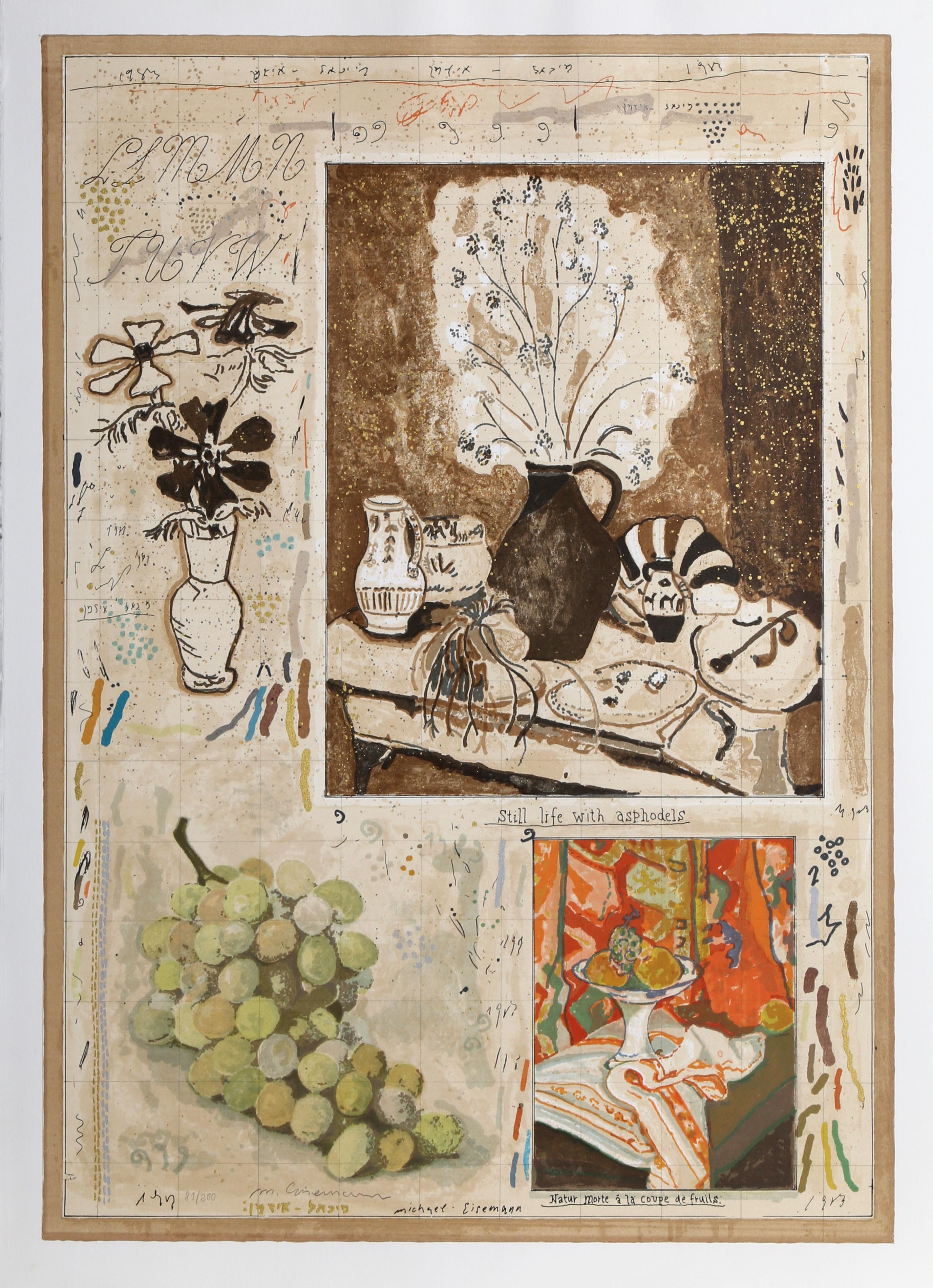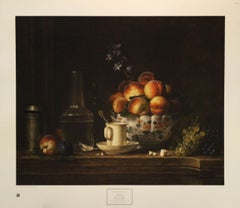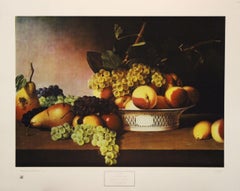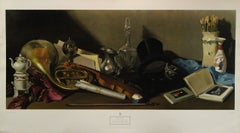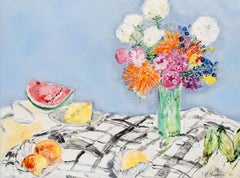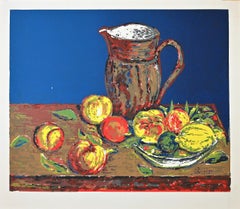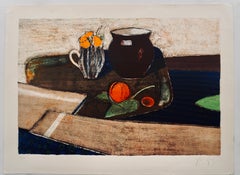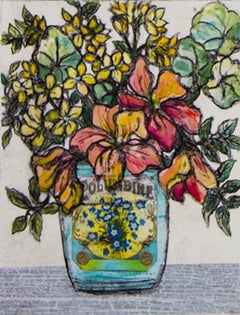Items Similar to Late Summer Still Life-Poster. Printed in England.
Want more images or videos?
Request additional images or videos from the seller
1 of 6
Geraldine GirvanLate Summer Still Life-Poster. Printed in England.Unknown
Unknown
$140
$17520% Off
£107
£133.7520% Off
€123.33
€154.1620% Off
CA$200.51
CA$250.6320% Off
A$219.75
A$274.6920% Off
CHF 114.76
CHF 143.4520% Off
MX$2,636.74
MX$3,295.9320% Off
NOK 1,440.97
NOK 1,801.2220% Off
SEK 1,357.34
SEK 1,696.6820% Off
DKK 920.95
DKK 1,151.1820% Off
About the Item
GERALDINE GIRVAN (English, b. 1947)
Poster
23.625 x 31.5 in. Unframed
Printed in England
Good/Fair Condition-signs of age and handling (primarily in the white border).
- Creator:Geraldine Girvan (1947)
- Creation Year:Unknown
- Dimensions:Height: 23.625 in (60.01 cm)Width: 31.5 in (80.01 cm)
- Medium:
- Period:
- Framing:Framing Options Available
- Condition:
- Gallery Location:Chesterfield, MI
- Reference Number:1stDibs: LU126317519262
About the Seller
4.8
Vetted Professional Seller
Every seller passes strict standards for authenticity and reliability
Established in 2013
1stDibs seller since 2019
336 sales on 1stDibs
Typical response time: 1 to 2 days
- ShippingRetrieving quote...Shipping from: Chesterfield, MI
- Return Policy
Authenticity Guarantee
In the unlikely event there’s an issue with an item’s authenticity, contact us within 1 year for a full refund. DetailsMoney-Back Guarantee
If your item is not as described, is damaged in transit, or does not arrive, contact us within 7 days for a full refund. Details24-Hour Cancellation
You have a 24-hour grace period in which to reconsider your purchase, with no questions asked.Vetted Professional Sellers
Our world-class sellers must adhere to strict standards for service and quality, maintaining the integrity of our listings.Price-Match Guarantee
If you find that a seller listed the same item for a lower price elsewhere, we’ll match it.Trusted Global Delivery
Our best-in-class carrier network provides specialized shipping options worldwide, including custom delivery.More From This Seller
View All“Still Life” Poster. Copyright 1970 New York Society Ltd.
Located in Chesterfield, MI
HENRI-HORACE ROLAND DE LA PORTE (French, 1724-1793). Poster. Measures 25 x 28.75 in. Unframed. Copyright 1970 New York Society Ltd. Printed in U.S.A. Image is in Excellent/Good Condi...
Category
1970s Still-life Prints
Materials
Screen
Still Life with Fruit-Poster. 1974 New York Graphic Society, Ltd. Printed in USA
By James Peale Sr.
Located in Chesterfield, MI
JAMES PEALE (American, 1749-1831)
Poster
23.25 x 29.25 in. Unframed
Copyright 1974 New York Graphic Society, Ltd. Printed in USA.
Fair Condition-indentation/discoloration (primaril...
Category
1970s Still-life Prints
Materials
Lithograph
“Still Life- Souvenirs” Poster. New York Graphic Society. Printed in Switzerland
Located in Chesterfield, MI
Poster. Measures 23 x 41.5 in. Unframed. Copyright New York Graphic Society. Printed in Switzerland. Image is in Good Condition. White border has significant signs of wear due to age...
Category
Late 20th Century Still-life Prints
Materials
Screen
“Still Life of Flowers” Poster, Copyright 1969 New York Graphic Society
Located in Chesterfield, MI
JAN BRUEGHEL, THE ELDER (Flemish, 1568-1625). Poster/Print. Measures 38 x 29 in. Unframed. Copyright 1969 New York Graphic Society. Printed in USA. Fair/Mildly Distressed Condition- ...
Category
1960s Still-life Prints
Materials
Screen
“Still Life: Flowers and Fruit” Poster. Copyright New York Society, Inc.
Located in Chesterfield, MI
JUAN VAN DER HAMEN (Spanish, 1596-1631). Poster. Measures 13.75 x 16.25 in. Unframed. Copyright New York Society, Inc. Printed in Switzerland. Image is in Excellent/Good Condition.
Category
Late 20th Century Still-life Prints
Materials
Screen
$120 Sale Price
20% Off
“April Flowers” Poster. New York Graphic Society, Ltd. Printed in U.S.A.
By Carol Auer
Located in Chesterfield, MI
Poster. Measures 33 x 27 in. Unframed. Plate-signed. Copyright 1971 New York Graphic Society, Ltd. Printed in USA. Excellent/Good Condition.
Category
1970s Still-life Prints
Materials
Screen
$120 Sale Price
20% Off
You May Also Like
August Still Life - contemporary, floral, still life, acrylic and oil on canvas
By Pat Service
Located in Bloomfield, ON
This delightful, colorful painting of a floral still life illustrates Pat Service’s superb use of color, pattern, texture and form.
Inspired by the classic still life paintings of ...
Category
21st Century and Contemporary Contemporary Still-life Paintings
Materials
Canvas, Oil, Acrylic
Still Life - Original Screen Print on Paper signed Piscini - Late 20th Century
Located in Roma, IT
Still Life is an original screen print on paper realized signed "Piscini" and realized in the late 20th Century.
Hand-signed in pencil on the lower margin.
Good conditions.
Beaut...
Category
Late 20th Century Figurative Prints
Materials
Screen
Still Life
By René Genis
Located in Berlin, MD
Rene Genis (French 1922-2004) Still Life. Mainly oranges and browns, fruits and flowers, against a background of browns with a pitcher central. The browns contain a subtle mixture ...
Category
Mid-20th Century Contemporary Still-life Prints
Materials
Lithograph
$580 Sale Price
20% Off
Endless Summer, Still Life Art, Contemporary Floral Art, Affordable Art
By Vicky Oldfield
Located in Deddington, GB
Endless summer is a Limited edition hand coloured collograph print by Vicky Oldfield. Each print is individually painted, making every one unique.
Vicky Oldfield is available online ...
Category
21st Century and Contemporary Contemporary Still-life Prints
Materials
Paper
Still life with Asphodel, Contemporary Lithograph by Michael Eisemann
By Michael Eisemann
Located in Long Island City, NY
A hand-signed lithograph of still life images by Israeli artist, Michael Eisemann. The print is hand-signed and numbered in pencil. unframed.
Category
1980s Contemporary Still-life Prints
Materials
Lithograph
Still Life with Fruits - Lithograph Signed in the Plate (Mourlot)
By Raoul Dufy
Located in Paris, IDF
Raoul DUFY (after)
Still life with fruits
Stone lithograph after a painting (Mourlot workshop)
Signed in the plate
On Arches vellum 50 x 65 cm (c. 20 x 26 in)
Excellent condition
Category
1960s Modern Still-life Prints
Materials
Lithograph
More Ways To Browse
Wood Cube Sculpture
1880 Large Oil Paintings
Abstract Reclining Sculpture
Agustin Cardenas
Anne De Villemejane
Astronaut Sculpture
Bamboo Pen
Bill Hemmerling
Blue Dog Original
Boy Horse
Brandon V Lewis
Bronze Of Ballet Dancers
Bronze Round Sculptures
Bruno Helgen
Bry Paris
Camel Oil Painting
Cavalier King Charles Oil Painting
Dior Horse
